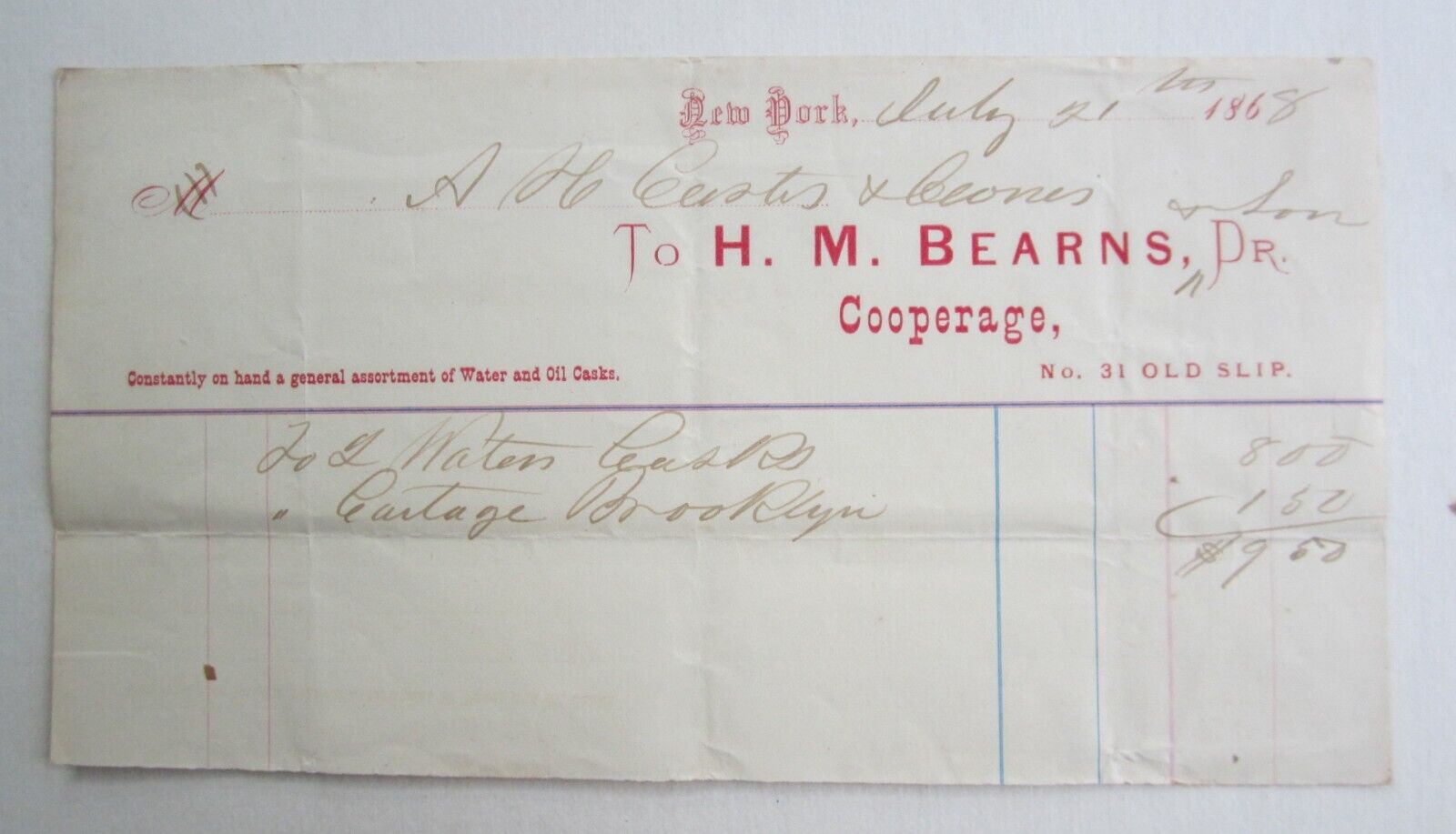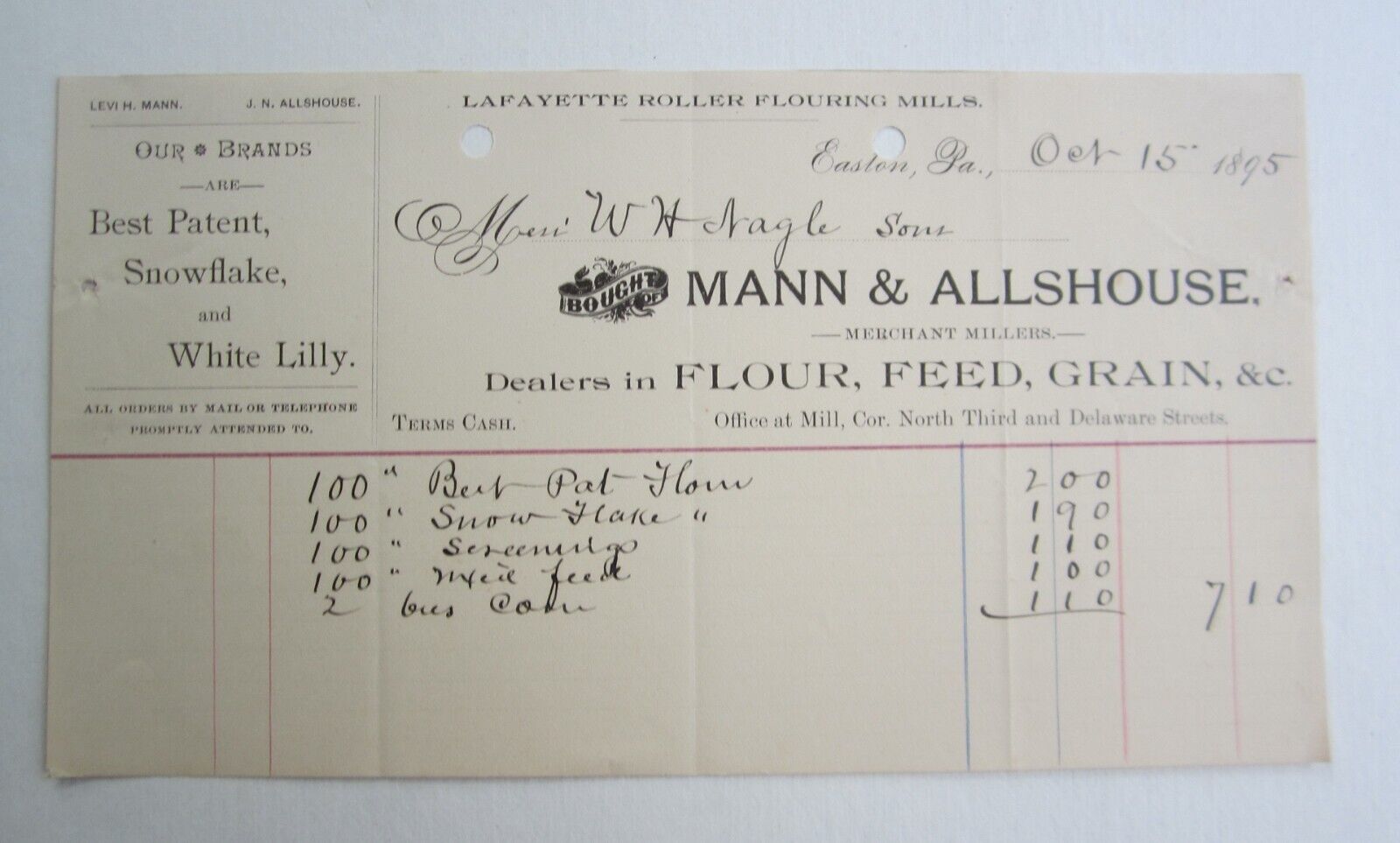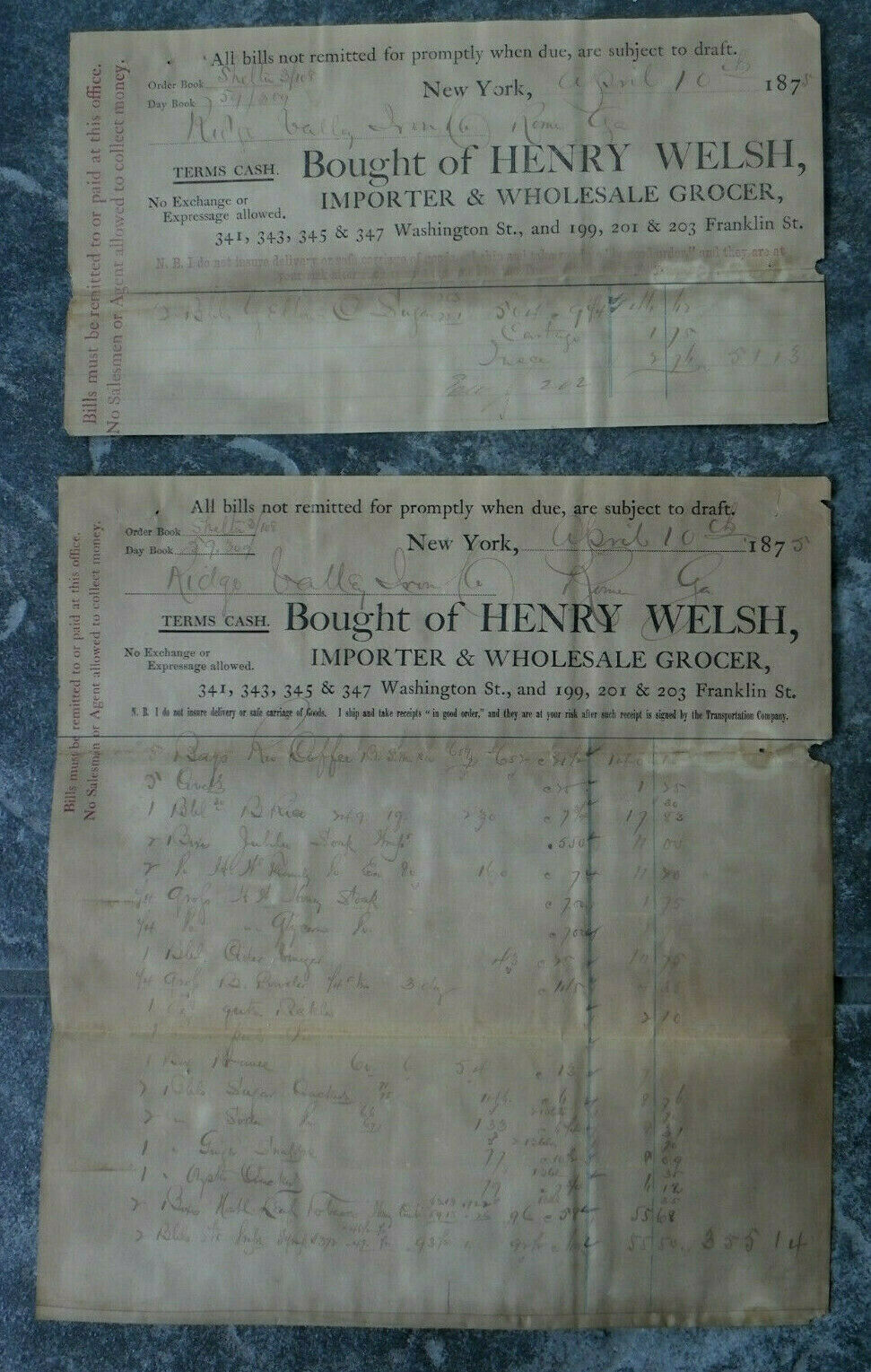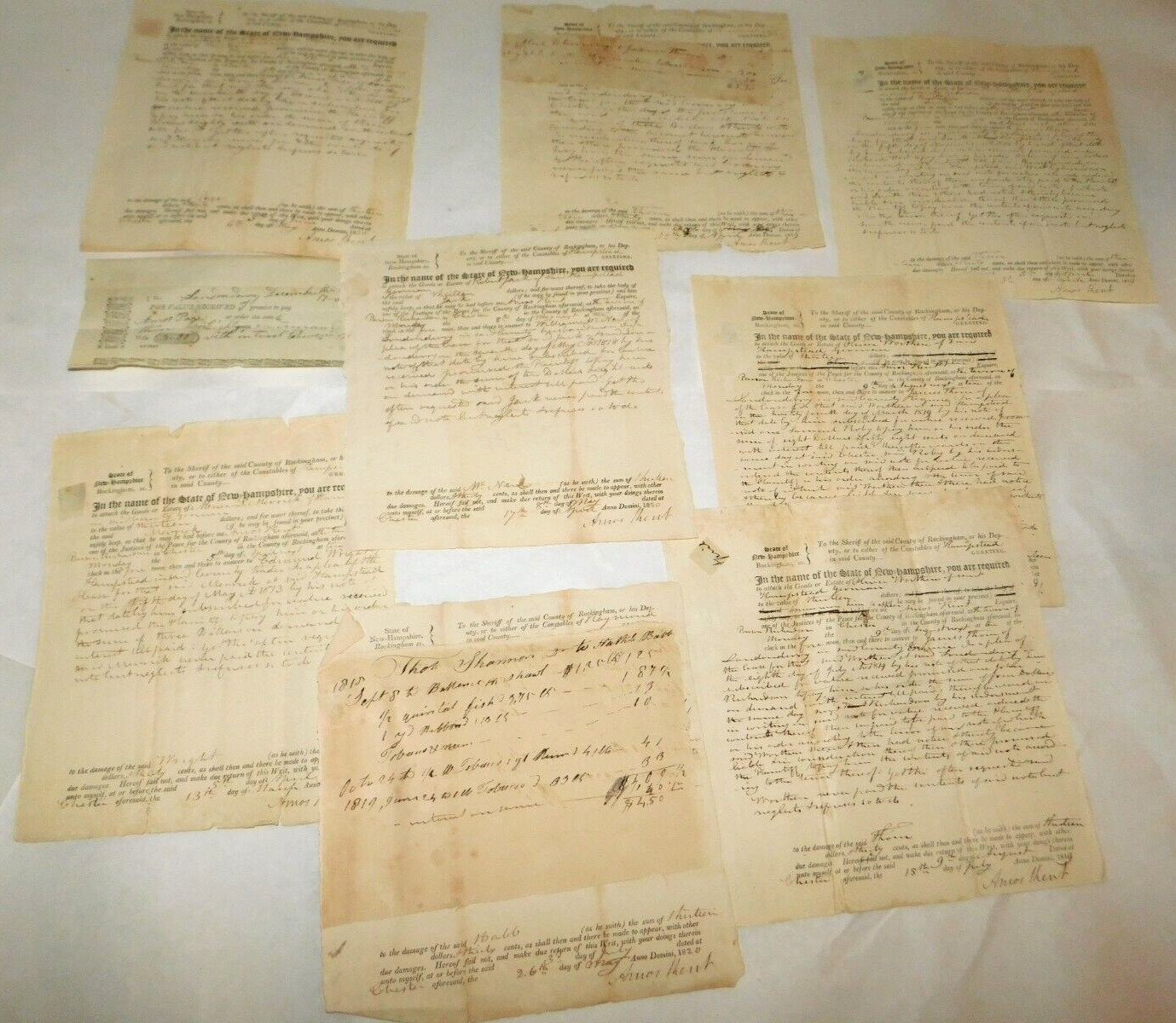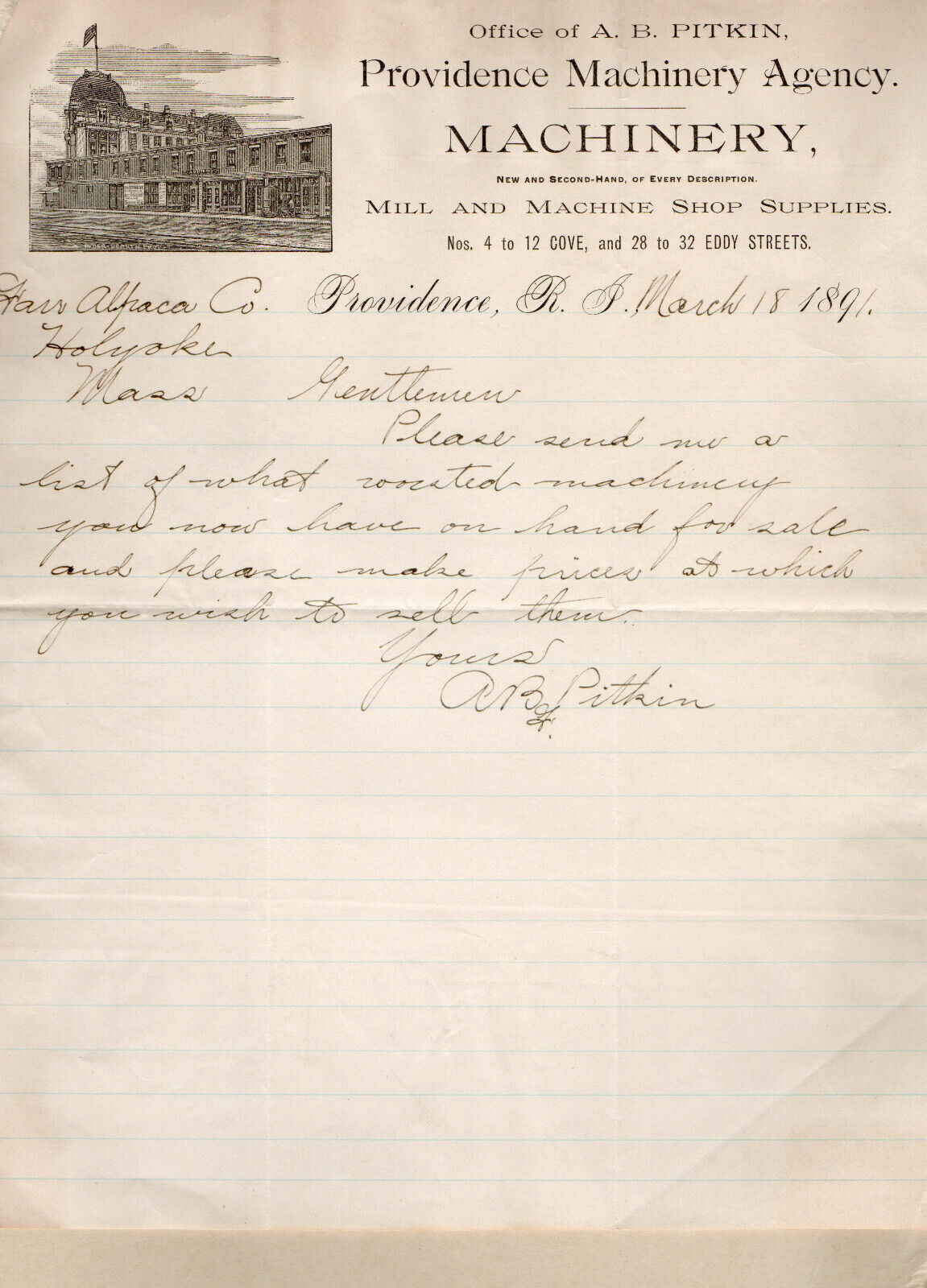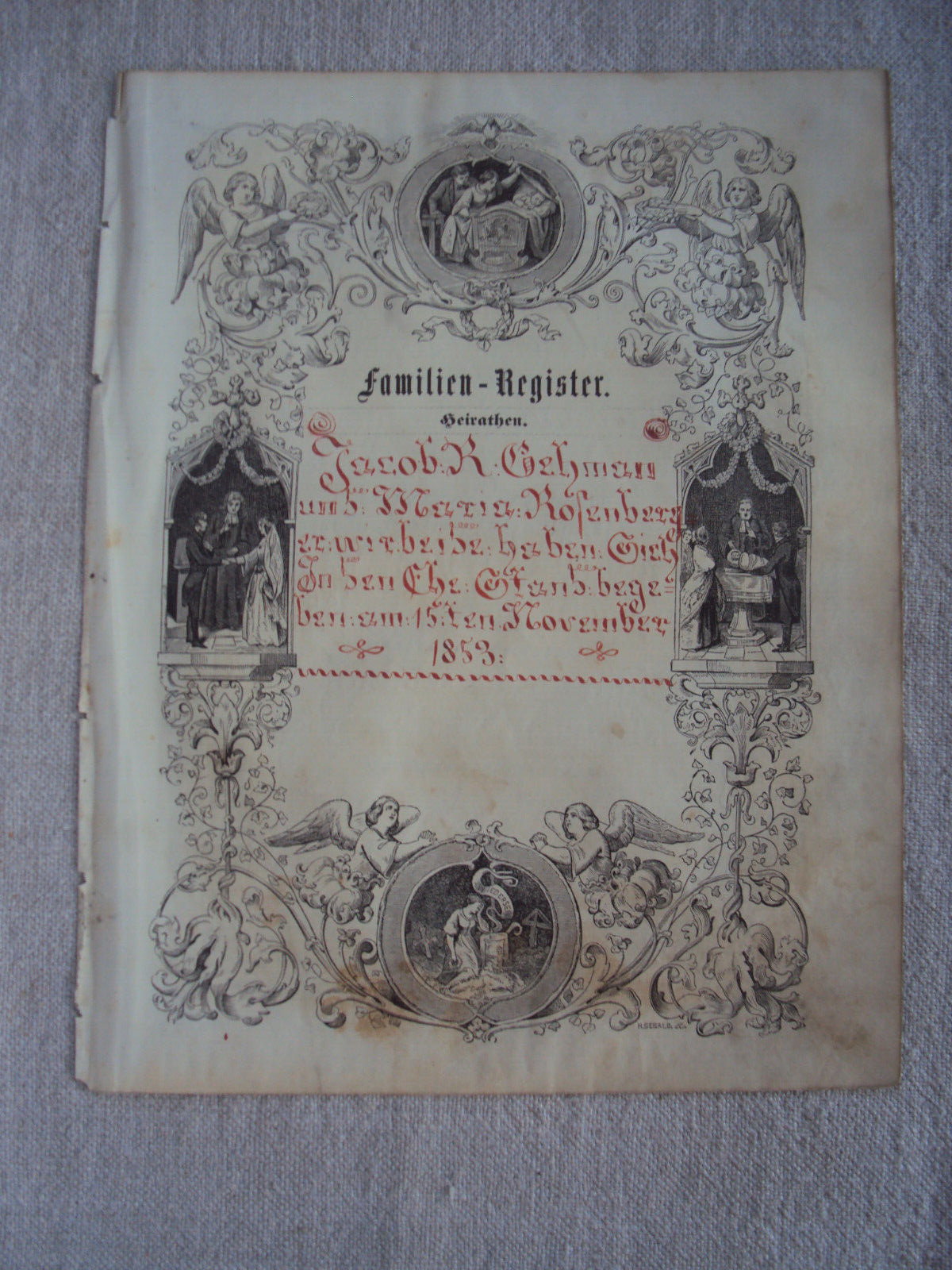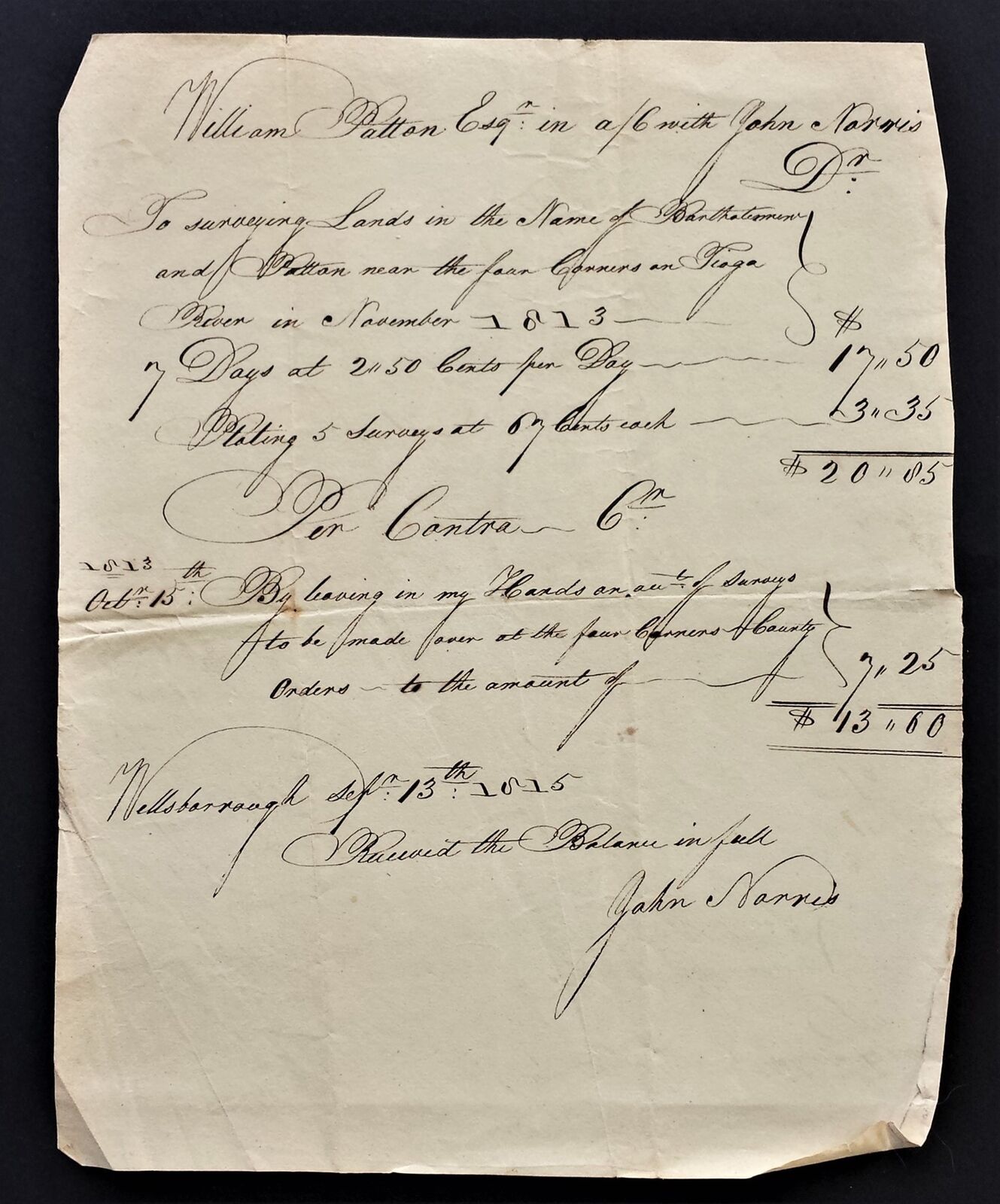-40%
1815 W Ewer’s chart of prisoners sentenced banishment confined in Mymensing Jail
$ 0.52
- Description
- Size Guide
Description
1815 W Ewer’s chart of prisoners sentenced banishment confined in Mymensing Jail1815 Magistrate Walter Ewer’s chart of prisoners sentenced banishment now confined in the Jail of Mymensing district for onwards transmission to the Nizamut Adawlut apex court at Fort William
Walter Ewer
joined in the Bengal Civil Service of the East India Company as writer on 14 July 1802. Since 21 Deccember 1813 he was Judge and Magistrate of Mymensing. Since 28 March 1817 he was Superintendent of Police of Bengal Behar and Orissa, Acting Judge and Magistrate of Midnapore, Commissioner of Cuttack and Acting Judge and Magistrate of Cuttack. Since 28 October 1833 he was Judge of Sudder Dewanny Adawlut and Nizamut Adawlut of Allahabad.
Charts:
East India Company was basically a business house, and for running the administration of their Kingdom of Bengal their higher office needed statistics like this. These charts were discontinued after Sepoy Mutiny, proclamation of empire and abolition of dual legal system of Sudder Adawlut for natives and Supreme Court for Europeans and Calcutta inhabitants.
Nizamat Adawlut
or courts are Alipore, Dacca, Moorshidabad, Patna, Benares and Bareilly courts and Supreme Court is the Calcutta Court for Europeans and Calcutta inhabitants, all under the same jurisdiction of Sudder or apex court at Fort William. Sentences passed by Magistrates and Circuit courts had to be referred to Sudder apex court of Nizamut Court or Adawlut, for modification if necessary. Dewanny court is Civil court. Court for Relief of Insolvent debtors is a wing of Calcutta Supreme Court. Nizamut Adawlut means Nizam’s Court or Bengal Nawab Nizam of Moorshedabad’s Court, or the courts under the Emperor of India in the overall India context. It is separate from Supreme Court or the English King’s court of 1774. After 1857, there was no muslim Emperor, he
, the poet,
having been transported to Rangoon, wrote few nice poems, died and buried there in unmarked grave. High Courts were constituted in 1862. There was a transition period for 5 years. Court language was Persian besides English.
Water Mark: Budgen & Wilmott 1808 and Lion
Item Condition: Good stable despite numerous small moth eaten holes





